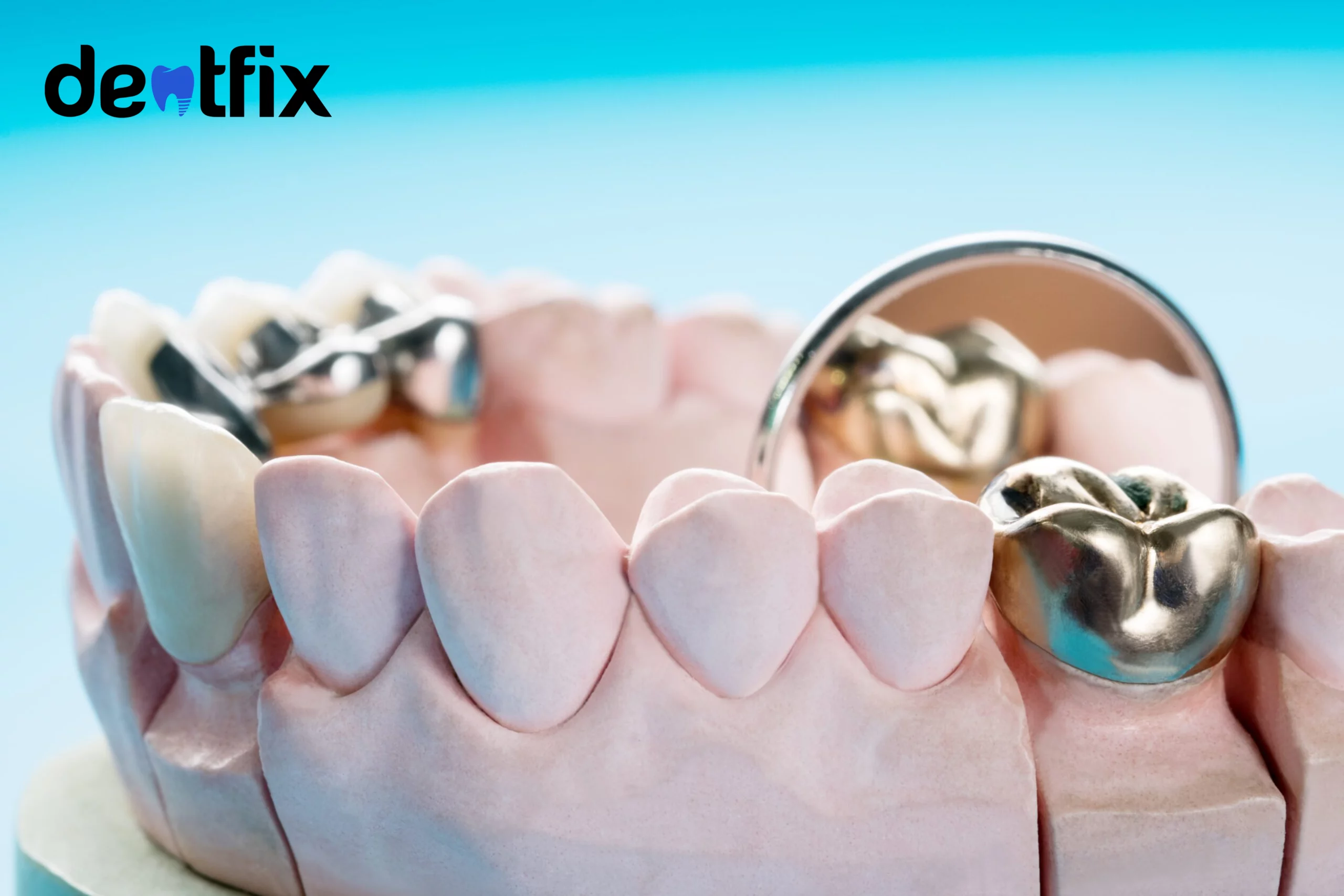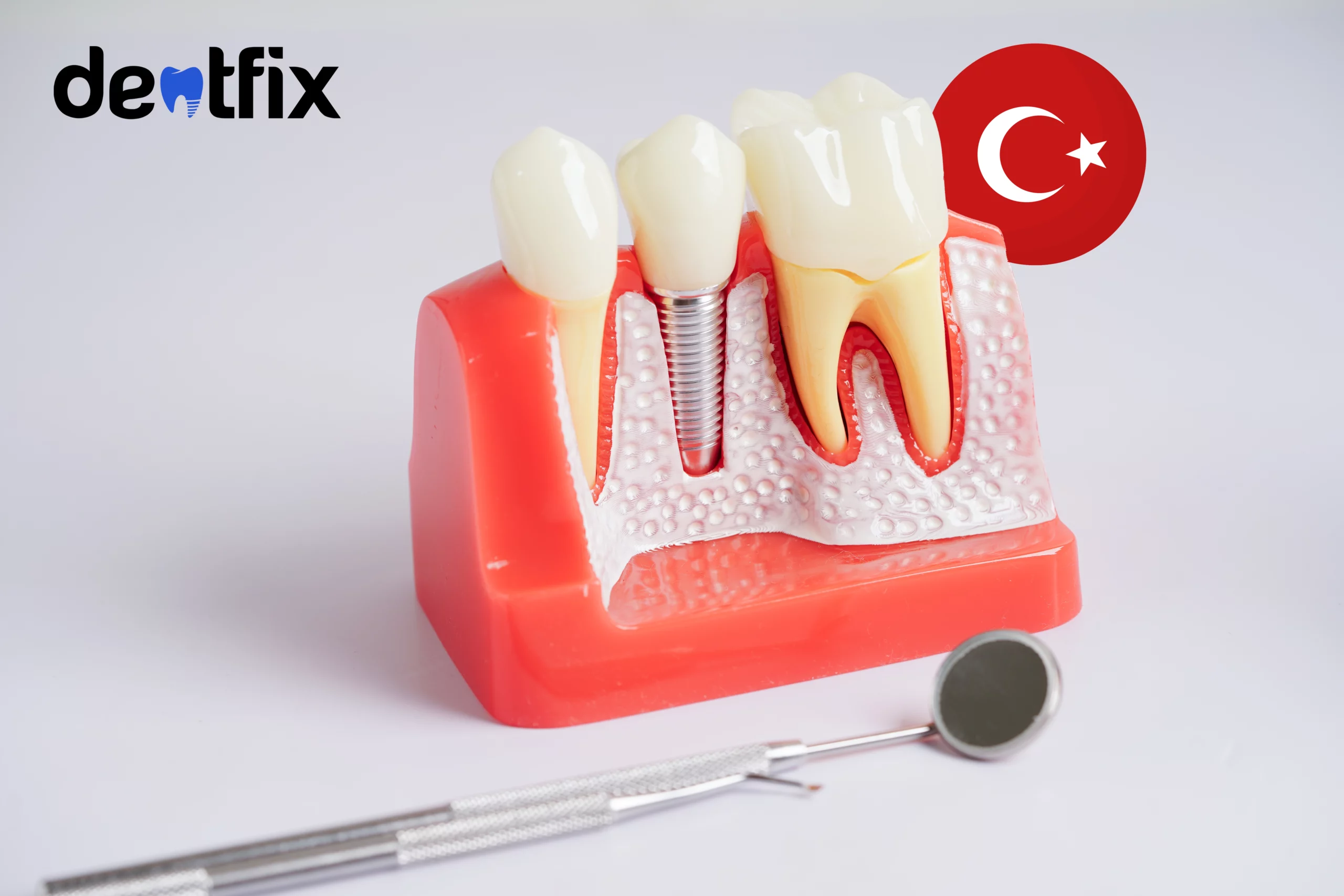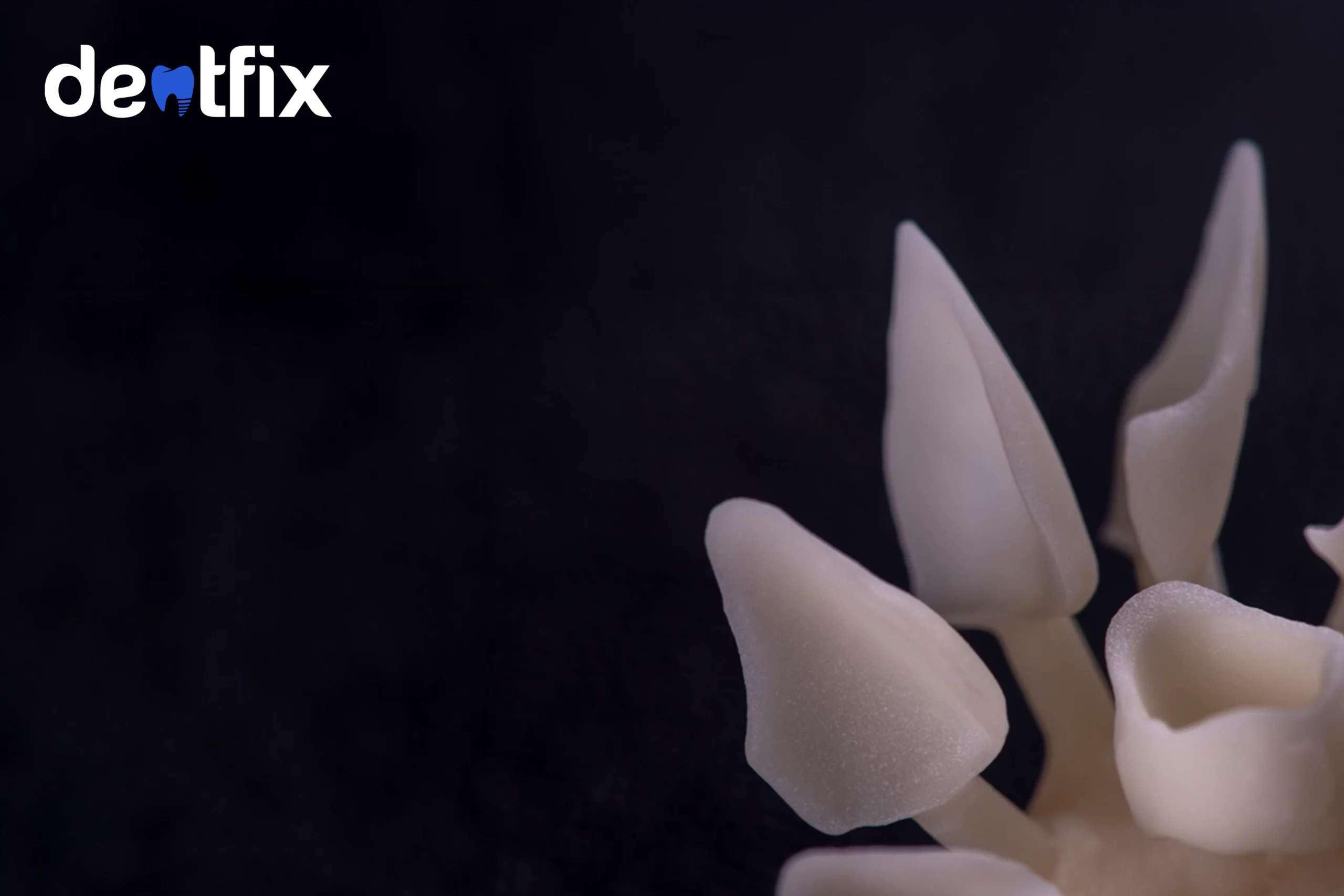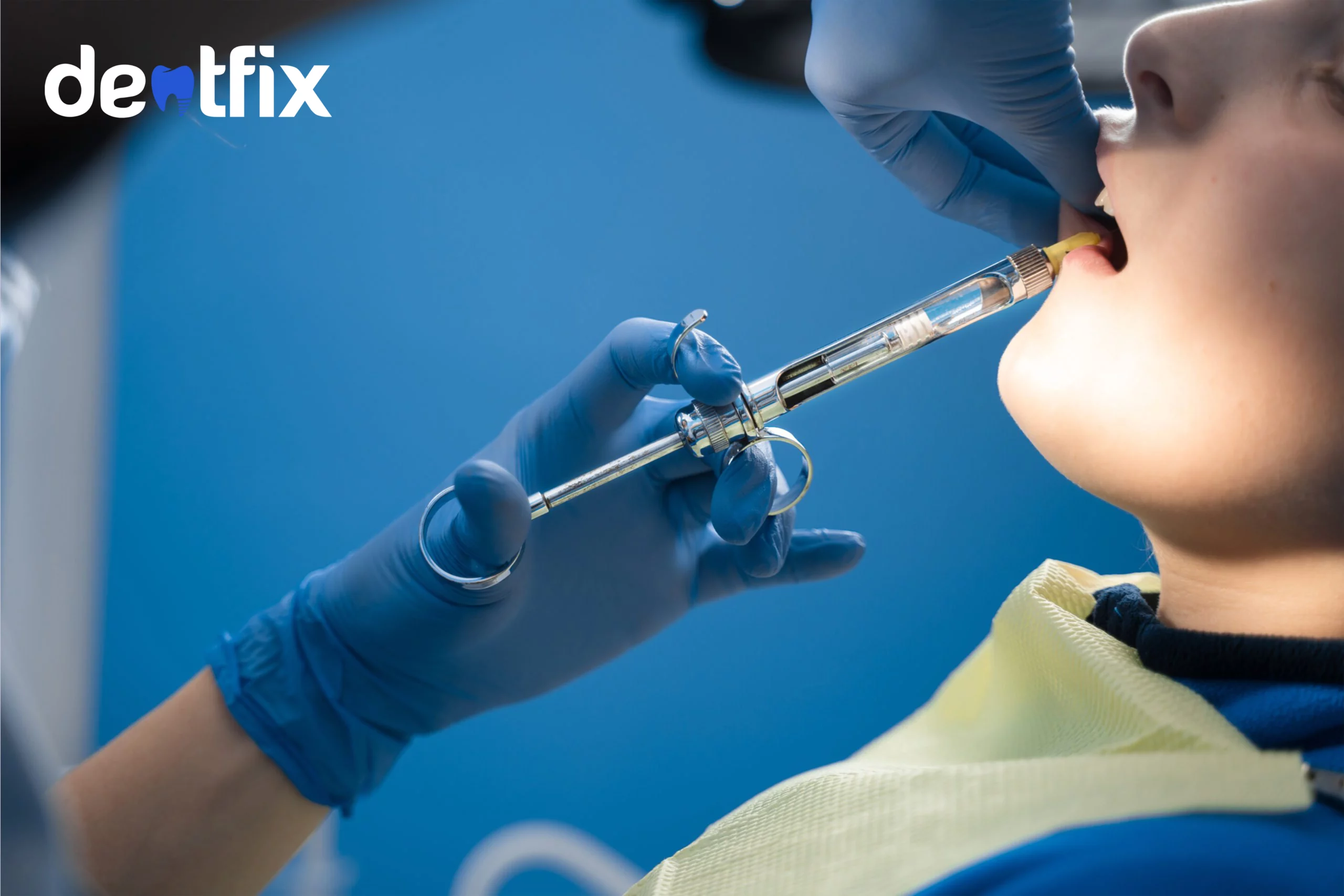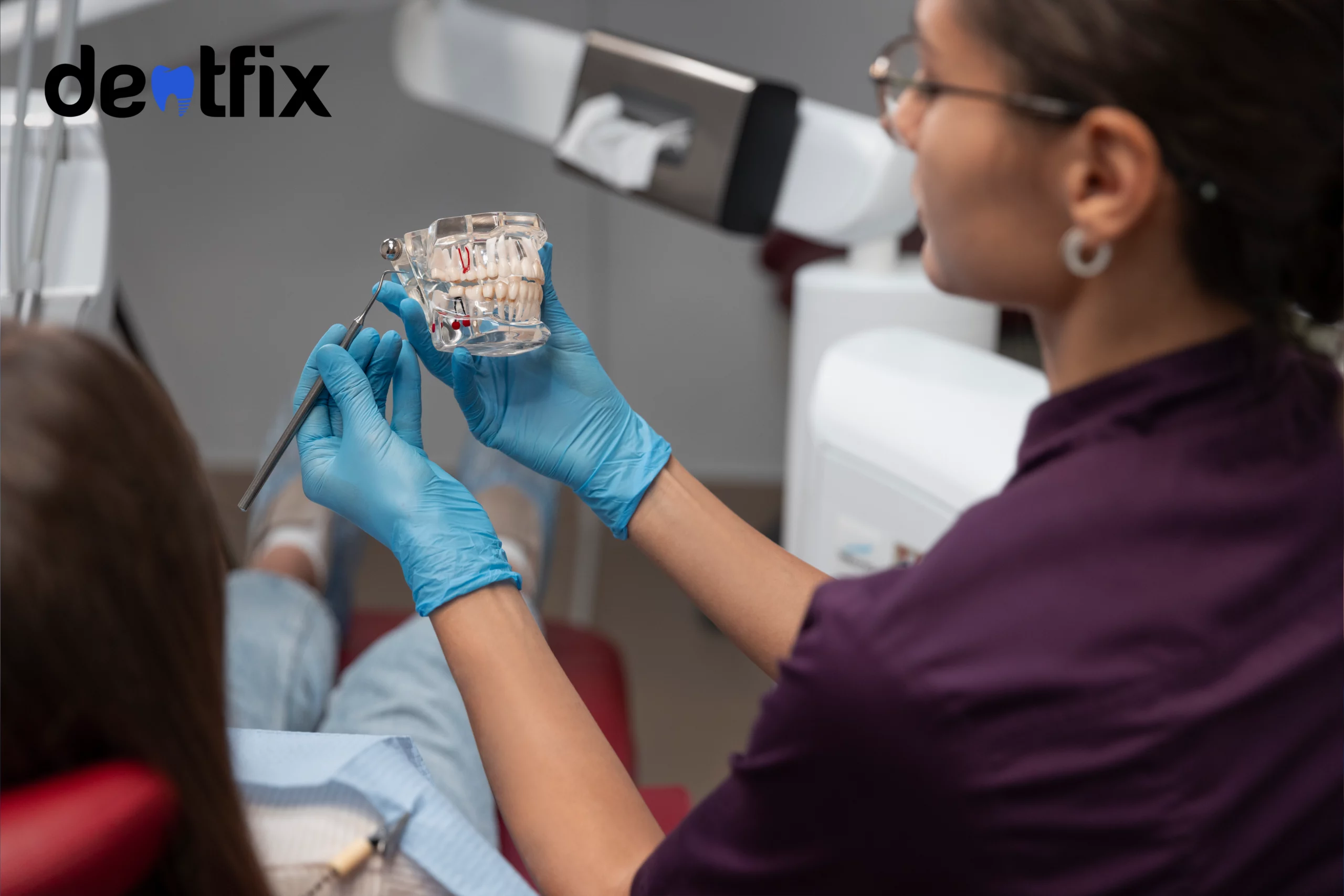A dental crown is one of the extremely long-lasting dentistry treatments. Patients highly demand dental crowns due to their more than 90% satisfaction rates.
Dental crown treatment is irreversible, as the teeth need to be cut and reshaped to create space for the crown. Basically, dental crowns are tiny caps that are put on top of an original tooth that needs to be covered, protected, restored, or aesthetically enhanced.
The takeaway of this article is:
- Dental Crowns are both restorative and aesthetic treatments.
- There are various types of crowns.
- Dental crowns help protect the teeth.
- Crowns are long-lasting.
- The preparation for the crown placement is permanent.
- Crowns can last 5-15 years and more.
- There are natural-looking crown options.
- There are conditions where you may not get crowns.
- If crowns are not a good fit for you, there are lots of other alternatives.
What Are Dental Crowns?
Dental crowns are custom-made caps that cover your original teeth. They help cover the teeth to protect them from further damage, such as fracture, decay, or aesthetic compromise. Dental crowns can be made from various materials, based on the patient’s needs, wishes, and expectations. These materials can be porcelain, gold, zirconium, composite resin, and more.
The process of dental crowns being placed involves teeth preparation, impression taking, custom designing the crowns, rehearsal fitting, and finally cementing the crown on the teeth! Crowns can be used for both dental restoration treatment and aesthetic enhancement. Which makes the treatment quite popular.
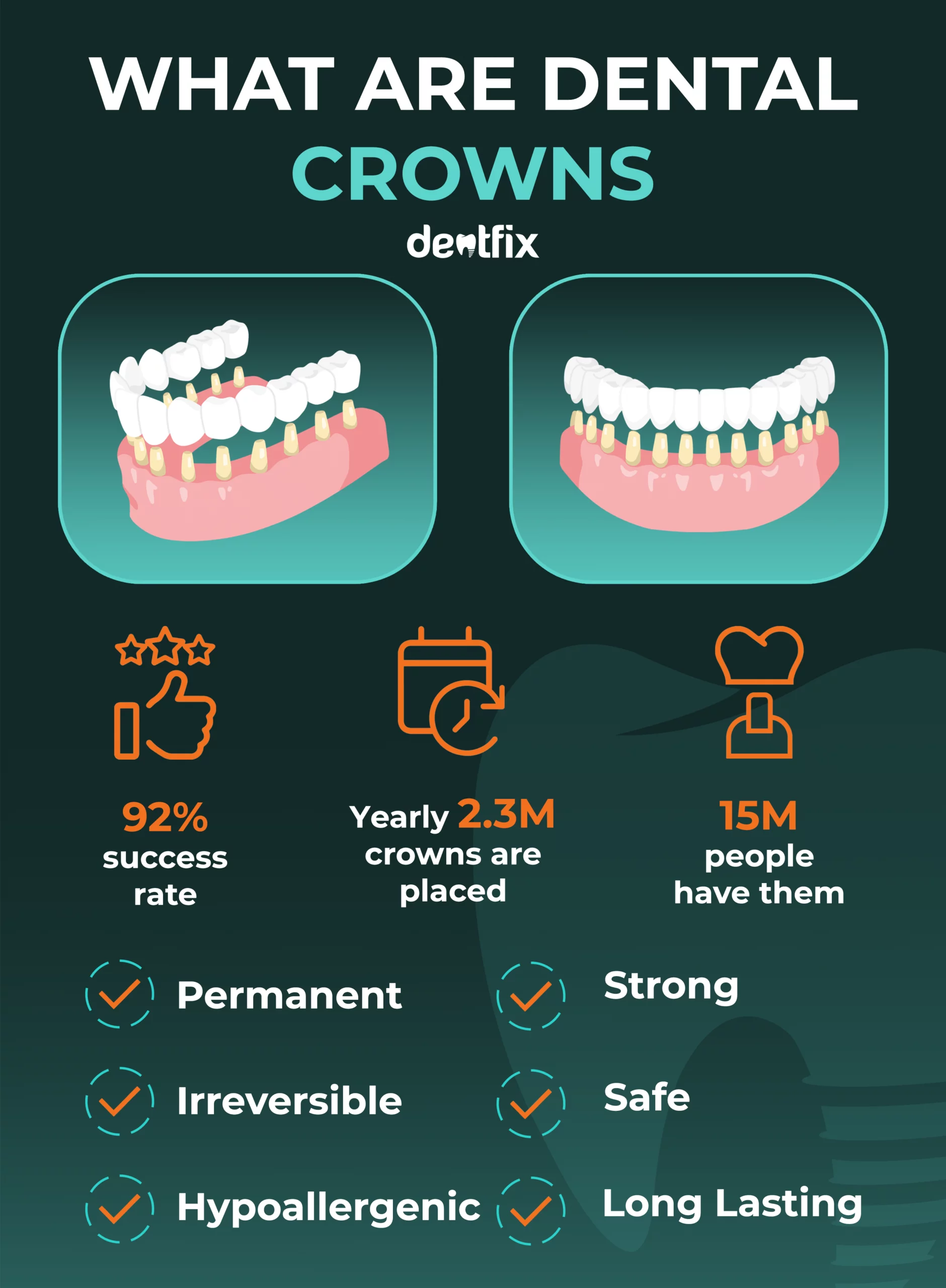
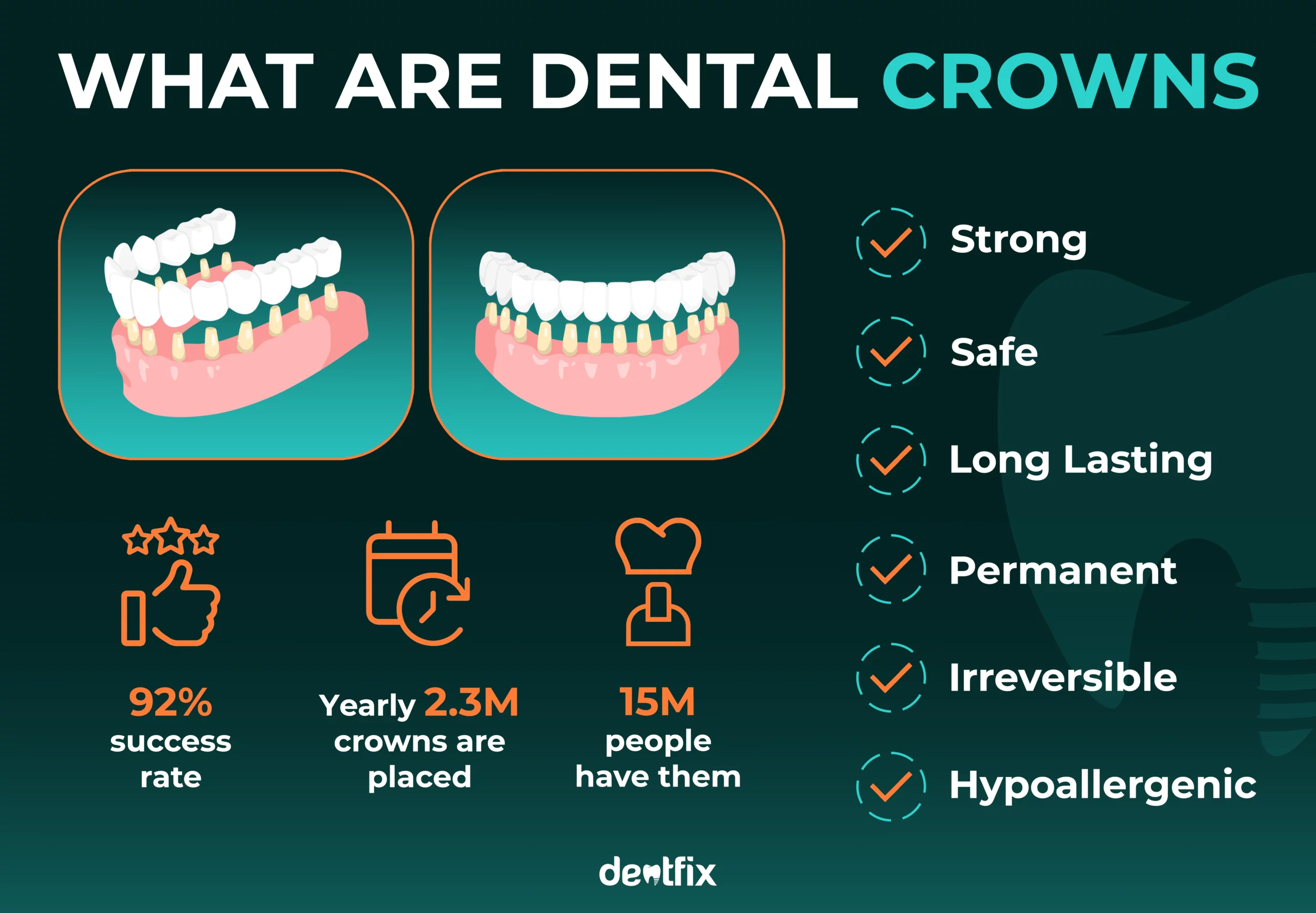
Types of Dental Crowns
There are numerous types and subtypes of crowns. The type of crowns you are going to get is determined by the structure of your teeth, your budget, your expectations, and your desired results. Types of dental crowns are mostly the used material of the crowns. Dental crown types include:
- All-porcelain crowns
- Composite crowns
- Full metal crowns
- Porcelain-fused-to-metal crowns
- Same-day crowns
- Zirconia crowns
These types differ in their durability, the way they look, and ultimately, their cost.
| Durability | Natural look | Cost |
Full Metal Crowns | 😊😊😊😊😊 | 🫥🫥🫥🫥🫥 | 💰💰💰 |
Zirconia | 😊😊😊😊🫥 | 😊😊😊😊🫥 | 💰💰💰💰💰 |
Porcelain-fused-to-metal crowns (PFM) | 😊😊😊😊🫥 | 😊😊😊😊😊 | 💰💰💰💰 |
Lithium Disilicate Crowns | 😊😊😊😊🫥 | 😊😊😊😊😊 | 💰💰💰💰 |
All-Porcelain Crowns | 😊😊😊🫥🫥 | 😊😊😊😊😊 | 💰💰💰💰💰 |
Composite Crowns | 😊😊😊🫥🫥 | 😊😊😊🫥🫥 | 💰💰 |
Same-Day Crowns | 😊😊🫥🫥🫥 | 😊😊😊🫥🫥 | 💰💰💰 |
What Are Dental Crowns For?
The main goal of crowns is to cover the teeth. Along with being for aesthetic reasons, dental crowns are also used to help with certain dental health conditions.
- After a root canal treatment
- Cover a dental implant
- Decayed tooth
- Fractured tooth
- Hold a dental bridge
- Protect, strengthen, and support a weak or cracked tooth
- Restore a broken or worn-down tooth
- Severe discoloration
Dental crowns are one of the options to treat these conditions. Keep in mind that crowns can not replace a missing tooth as sufficient tooth structure remaining is required for a crown to be placed.
Are Dental Crowns Permanent?
Dental crowns are not permanent in the sense of their lifespan, but they are long-lasting. The teeth preparation for crowns, however, is permanent. The process cannot be reversed, and a crown will be necessary to cover the teeth almost always.
🌈The more you know: Crowns can potentially be replaced with other dental restorations, such as veneers if there is enough natural tooth structure remaining to support the alternative restoration. |
How Long Do Crowns Last?
Typically, crowns last 5 to 15 years. However, their duration can vary with their material. For instance, durable metals like gold or zirconia crowns can last up to 20 or more years if they are cared for properly.
Even with a durable metal, a crown’s lifespan is determined by mostly its carrier’s dental health. Insufficient dental hygiene, grinding, or eating very hard foods can affect the crown’s lifespan.
After the crown’s time is up, it needs to be replaced. Because in time, a crown can be worn out, damaged, or simply outdated.
The replacement will basically be a replica of the previous crown but will be adjusted accordingly if need be.
What Do Dental Crowns Look Like?
Dental crowns look like little beanies for your teeth. They are sculpted to make them look like real teeth. But they are hollow inside.
A lab technician gives their best effort to make the crowns look like real teeth. This takes time, patience, and of course, lots of expertise.
Later on, there is one factor that can determine if your crowns look natural or fake. And that is the color and material of your choice for the crowns.
If you pick gold crowns or crowns that are too white, they might appear unrealistic. That is only for you to decide!
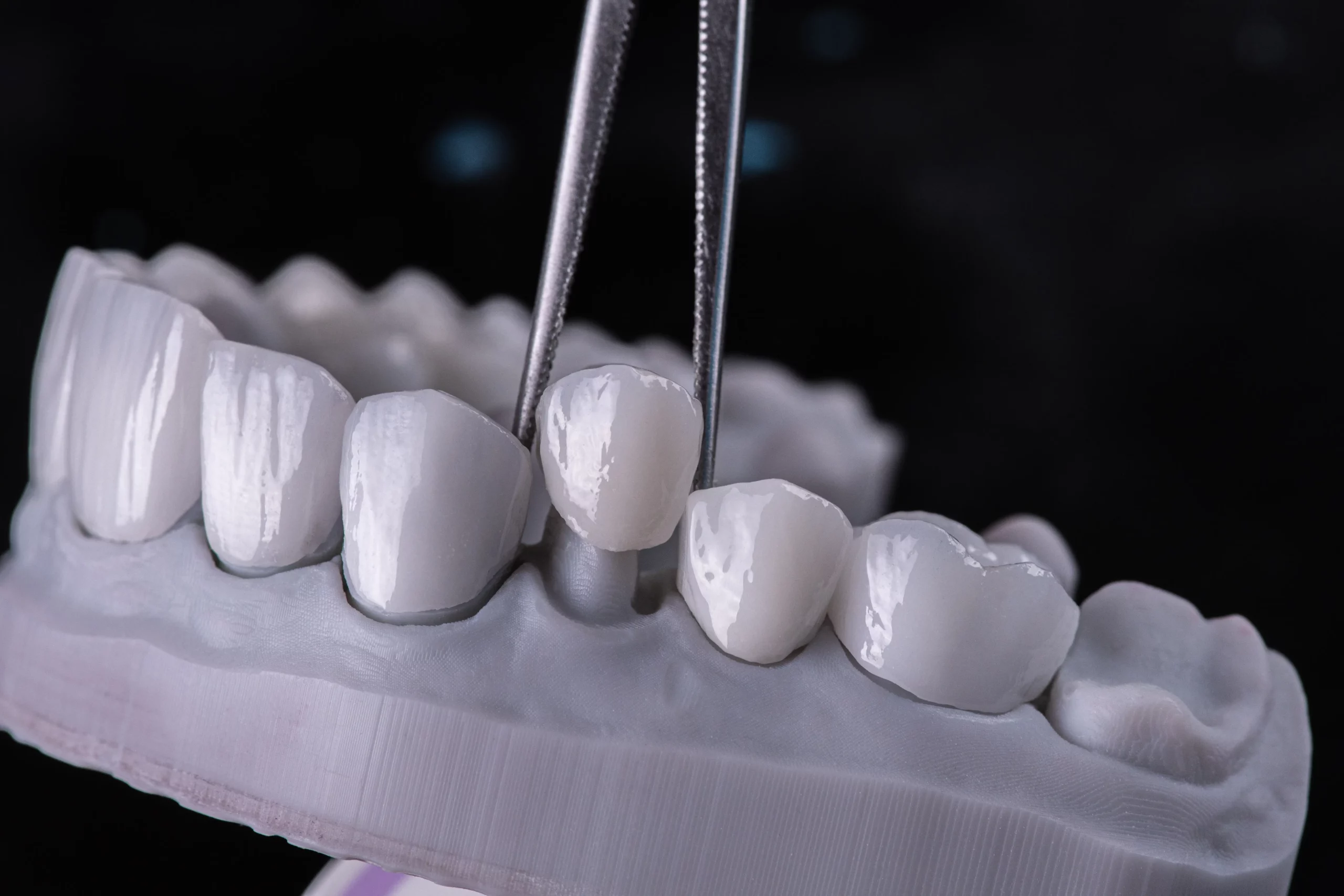
Who Is a Candidate for Dental Crowns?
Anyone of any age can get dental crowns, provided they have teeth for crowns to sit on. It’s even possible with baby teeth. However, since baby teeth will fall out and the permanent teeth will come up, dentists prefer resin materials.
There are some other criteria to meet to be eligible to get crowns for your teeth.
- Commitment to avoiding hard foods
- Good oral hygiene
- Mindful aftercare
- No allergic reactions
- No excessive alcohol consumption
- No present gum disease
- No severe teeth grinding/clenching
- Preferably non-smokers
- Realistic expectations
- Regular dental visits
- Stable oral health
- Sufficient tooth structure
These are not only the criteria for dental crowns, but also they help with the lifespan of the crowns.
A Crown Is Not for You, If…
Unfortunately, there are some conditions where you may not get a dental crown. You can not use crowns when you have:
- Allergies
- Bruxism
- Gum disease
- Heart diseases
- High blood pressure
- Poor oral hygiene
- Severe temporomandibular joint (TMJ) disorder
- Severe tooth decay
- Tooth sensitivity
Some of these conditions can be fixed before getting a crown. Other conditions might need an alternative treatment, such as a root canal or dental implant. After removing these obstacles, you can get dental crowns.
Keep in mind that these may take time, or might not be resolved at all. So it is recommended to speak with your service provider thoroughly.
Dental Crown Pros and Cons
Dental crown treatment is a serious business. Meaning that there is no going back after the teeth are cut and reshaped for a crown to sit on. So it is extremely important to weigh the pros and cons of dental crowns. Let’s review together.
PROS
- Dental crowns are safe
- They are long-lasting
- They are made from biocompatible materials
- They are natural looking
- They can improve chewing and speaking
- They help prevent damage to original teeth
- They protect the weak or damaged tooth
- They relieve pain
CONS
- Dental sensitivity (first few weeks)
- Expensive
- Irreversible
- Not as durable as original teeth
- Possibility of allergic reaction
- The enamel is reduced for the crown
- Will need replacement in time
Some of the cons can be avoided while others can be resolved within weeks.
About the replacement, it will take up to 20 or more years for your crown to need a replacement. Of course, this is provided you follow the aftercare instructions for your crown wholeheartedly and take good care of them.
With proper care, you will not need replacements sooner than anticipated.
Is There an Alternative to a Crown?
There are alternatives to crown treatment when you can not have them due to the condition of the teeth. Of course, another reason for seeking alternatives can be the cost.
- Dental veneers – tooth bonding
- Endodontic treatment with internal bleaching
- In-office resin crowns
- Laser dentistry
- Phasing treatment
- Porcelain inlay or onlay
- Provisional crown
- Tooth extraction
- Tooth
- Recontouring
Some of these options are temporary solutions for your teeth, such as provisional crowns which last about 3-9 months. Your dentist can recommend one of these options instead of a crown, however, you will have the last say in this matter.
So make sure to talk thoroughly with your dentist about these treatments and how they can outweigh the benefits of a dental crown.
Success Stories of Dentfix Patients
Let’s hear from our patients! Here are the marvelous transformations of our patients after their dental crown treatments!
References:
- Lynch, C. D., Hale, R., Chestnutt, I. G., & Wilson, N. H. F. (2018). Reasons for placement and replacement of crowns in general dental practice. British dental journal
- McCracken, M. S., Louis, D. R., Litaker, M. S., Minyé, H. M., Mungia, R., Gordan, V. V., Marshall, D. G., Gilbert, G. H., & National Dental Practice-Based Research Network Collaborative Group (2016). Treatment recommendations for single-unit crowns: Findings from The National Dental Practice-Based Research Network. Journal of the American Dental Association (1939)
